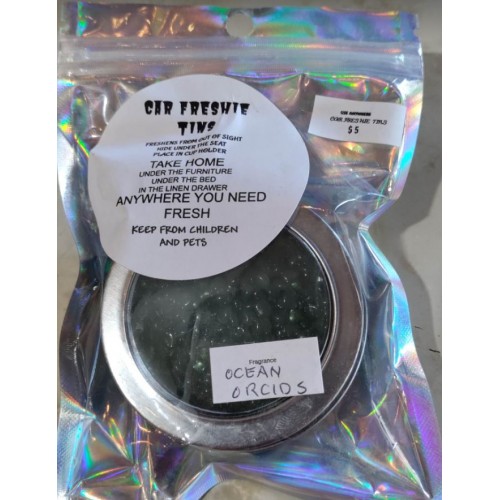Travel
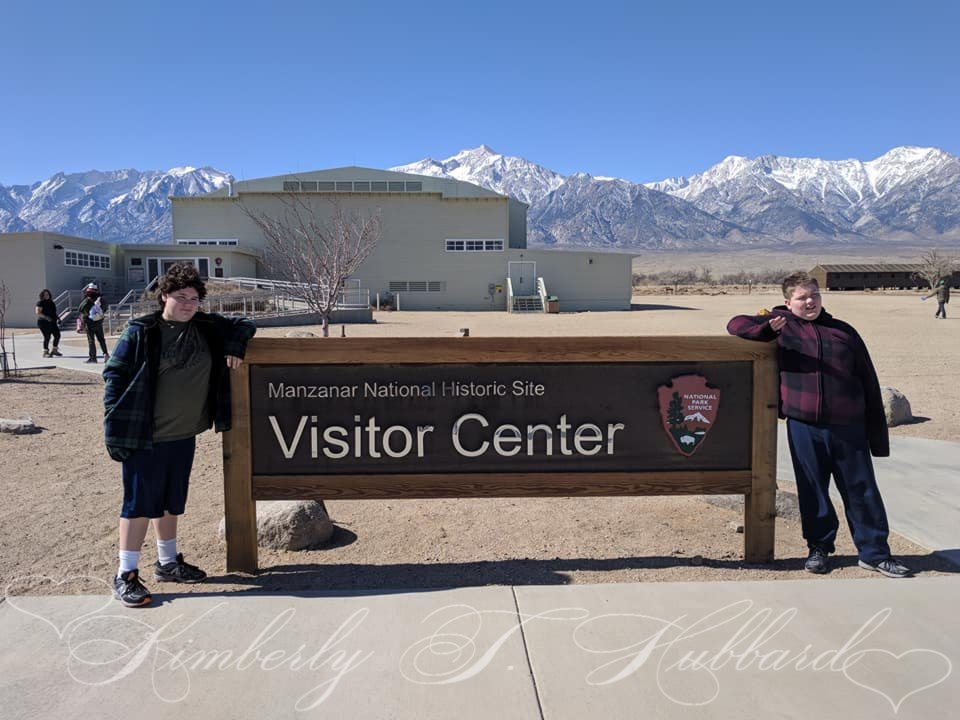
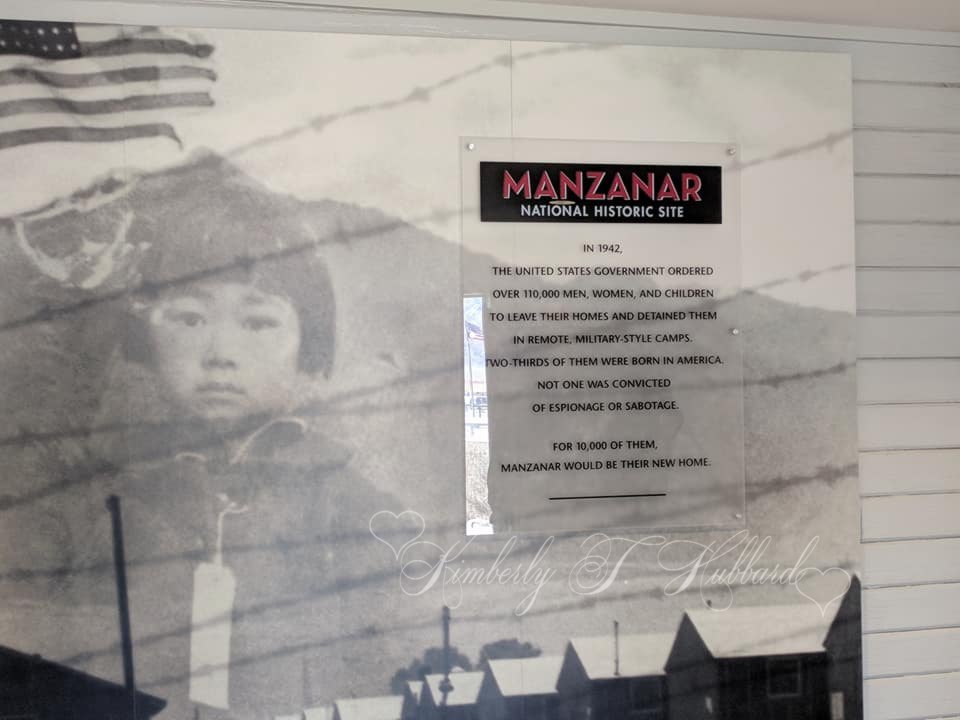
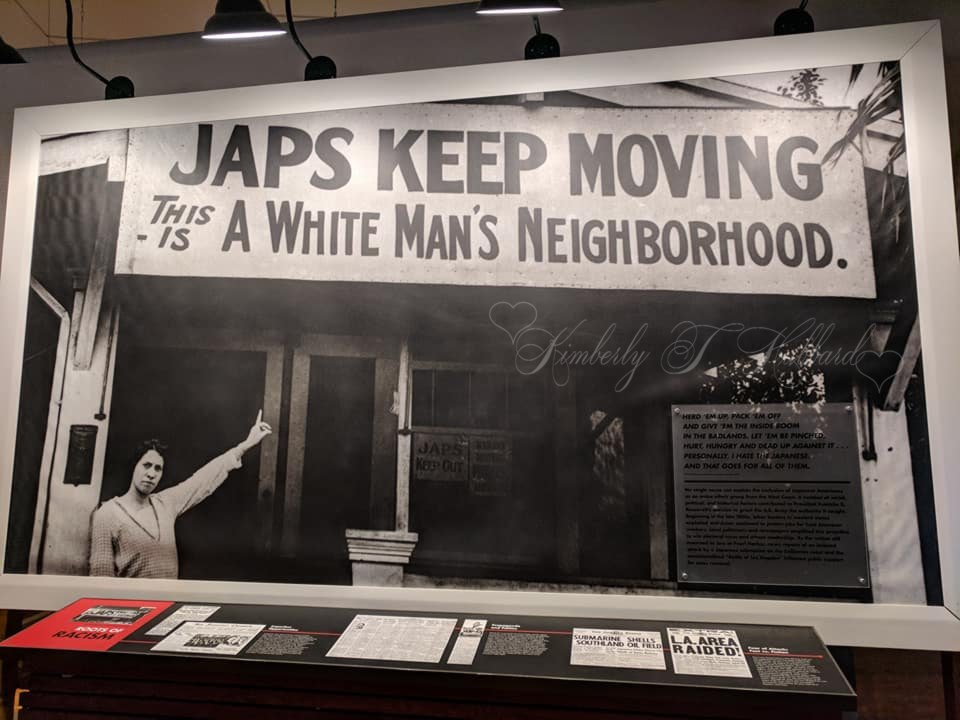
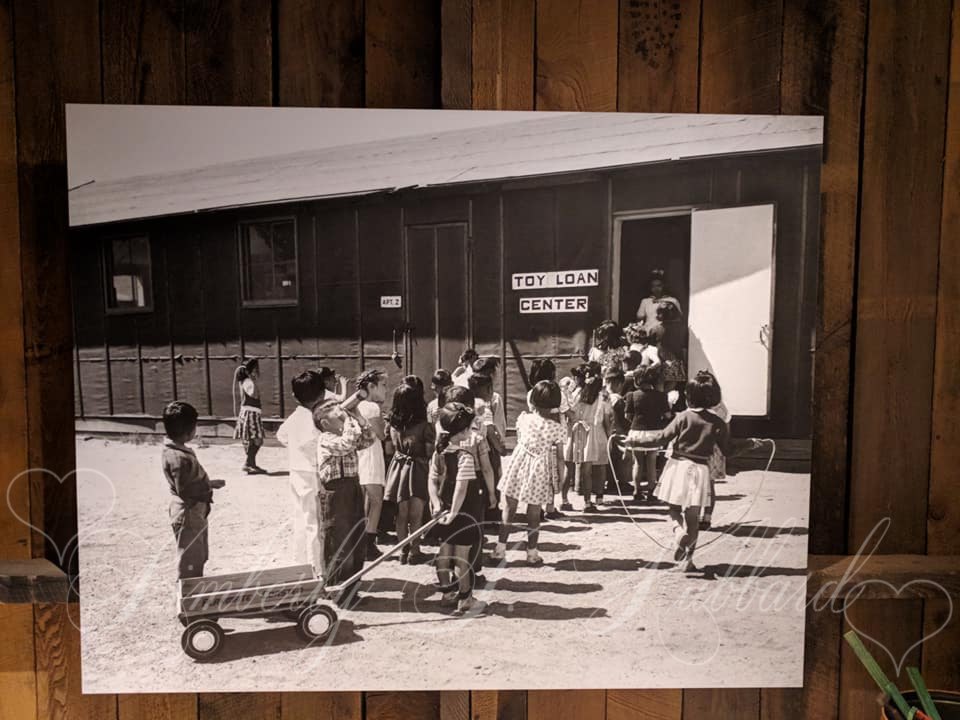
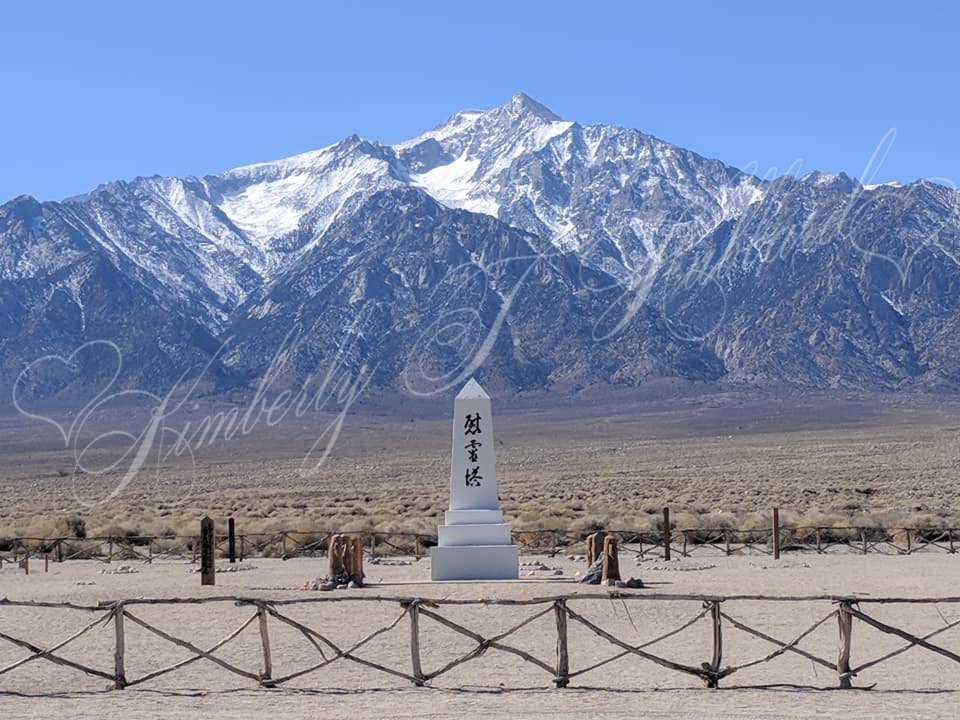
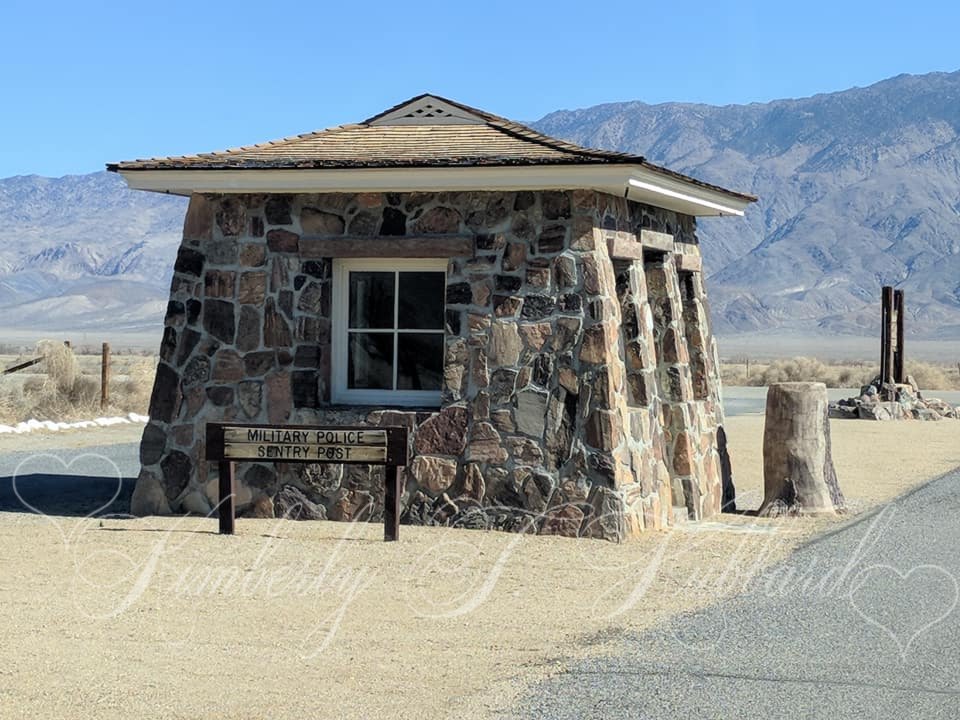

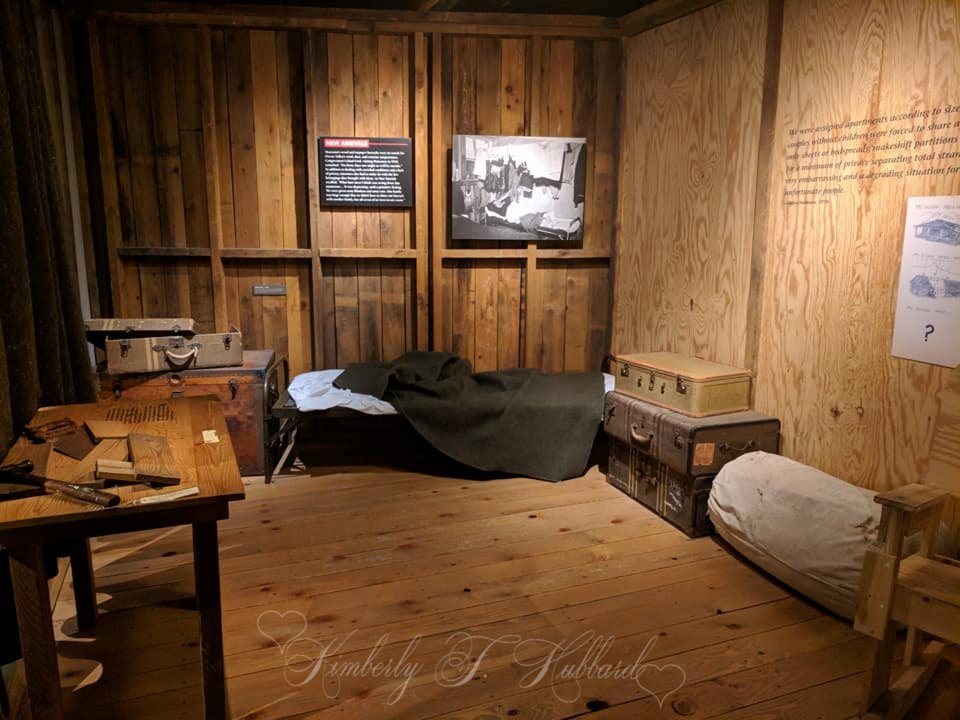
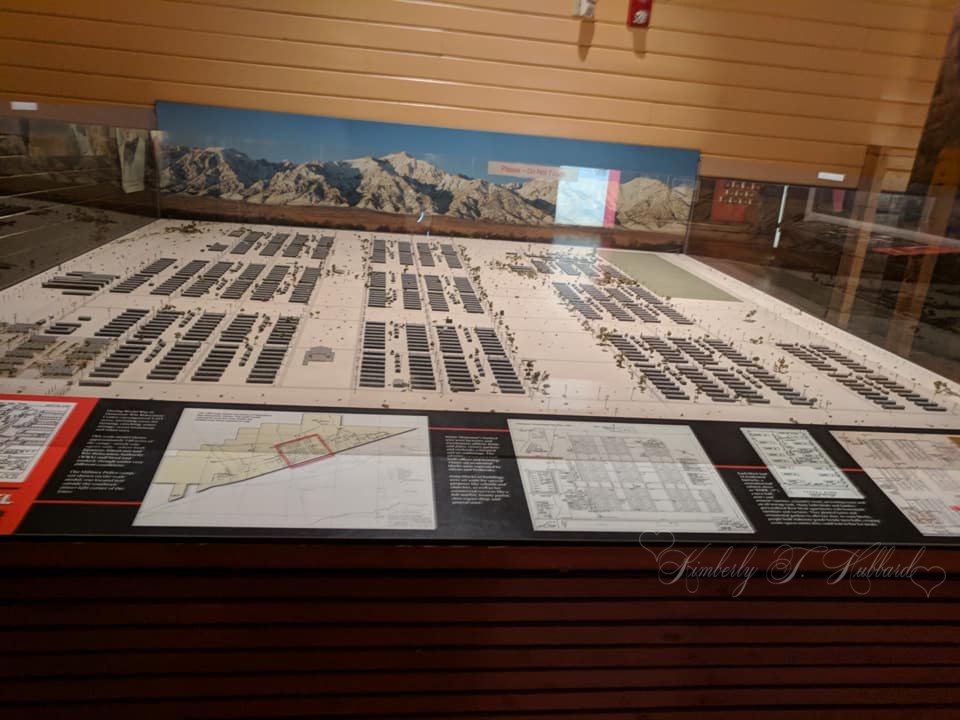
Manzanar Relocation Camp
In all of our trips and adventures I always try to work in something of importance, significance, a learning moment. Yes, trips should be fun but if we have a chance to learn something along the way I whole-heartedly believe we should do that. There are some things in this world that you have to see to truly feel the significance of their place in the world. Today we're going back to one such place. Manzanar Relocation Camp.
Winston Churchill said "Those that fail to learn from history are doomed to repeat it." Is history pretty or full of happy things? Oftentimes, no. I try to stay politically neutral and I will continue do so, but I want to say this. One of the biggest disservices we are doing for the next generation is attempting to cover up, excuse and sugar-coat history. There are some dark days that happened (and continue to happen) in this world. Pretending there aren't only make things worse. Did we make mistakes along the way? Of course we did. So let's learn from those, vow to do better and move forward. Did I live through this time in history? No. Have I studied it? Yes. Am I an expert? Not even close. The family of one of my dad's best friends from his childhood lived in one of the Japanese Relocation Camps and I am pretty sure that was never a factor in their friendship. They didn't judge each other based on their skin color, their nationality or the political agenda of the world. They were just kids that found a friend in each other. We could sure learn a lot from that simple lesson, couldn't we?
I'm not a historian so I would encourage you to do your own research on this remarkable chapter of history. There's so very, very much to learn. What I'm providing is just a glimpse of Manzanar.
Manzanar is located between the base of the Sierra Nevada Mountain range and the Nevada State line in Central Eastern California. It is both beautiful and desolate. In 1942, the United States government ordered more than 110,000 men, women, and children to leave their homes and detained them in remote, military-style camps. Manzanar was the first of these Relocation Camps to be established, having at one point over 10,000 detainees (2/3 of which were American Citizens of Japanese descent). It was opened as a "temporary reception center" but would operate for over 3 1/2 years.
Again, I would encourage you to research what it was like. It's a part of history that many people don't even know happened in this country. We think of World War 2 camps and immediately think of Hitler - we don't realize we had camps on these shores too.
One of the big take-aways for me from this visit was how very well they did at showing both sides of the argument. Manzanar is very well preserved and you can tell a lot of hard work and love has gone into telling the story and doing so in a way that's not judgemental or biased, but informational. At the time it happened there were a couple of justifications used for rounding up the Japanese. First, it was because we as a nation didn't know who we could trust after Pearl Harbor. The government claimed it was better to take everyone into custody and figure it out later. The flip side of that though, is that it was done for the protection of the Japanese. They do a phenomenal job of showing both sides of that argument as valid, viable reasons.
Going to Manzanar, the kids had no real idea what to expect. We had kind of an idea, but it was a real shock to them. (Us too in a lot of ways.) They had such a hard time wrapping their heads around how something like that could happen in this country. How we, the epitome of freedom, could do this to an entire race based just on their genetics. It was a very somber experience. I don't know how a person could wander those grounds and not be moved by it.
One of the biggest moments for me - and that moment when you just KNOW your kids "get it" - came when we were at the display showing the "Toy Loan Center." In that moment, those kids in the pictures were very much real. They were real kids, just like them, being forced to live in these conditions and they couldn't even have their own toys. Seeing that awakening come across their faces made this whole stop worth it. As I watched them processing the reality those kids lived in, I knew that was a moment they'd remember. Whether consciously or not, they'll remember and they'll do better. That's what it's really all about, isn't it? We, as parents, want to do all we can for our kids but we also want them to go out into the world and do better. Be better. They may not remember that moment as their lives go on, but I sure will.
Clickable Souvenirs
In accordance with USA Federal Trade Commission laws, bylaws, administrative rules, and various court interpretations. Gemme Daniels is an affiliate marketing company. The website is paid through agreements with a huge number of brands and companies we feel share the values and needs of our clients. In order to simplify the advertising and recommendation process, Gemme Daniels provides links to preferred sites. All images with a white background and the Recommended Supply List are hyperlinks to other sites not controlled by Gemme Daniels.Selecting hyperlinks will force the browser to open a new window and hopefully allowing you, the User, to continue to surf and use Kim Kulture Club.
Places to Experience
- Welcome to Travel
- Travel Planning & Resources
- Idaho At A Glance
- Camping & Fires
- Hidden North Utah Secrets
- Hunting For Aliens
- I'll Never Smoke Weed With Willie Again
- Manzanar Relocation Camp
- Nascar In Vegas
- Oregon Coast Gems
- Race Fans & Christmas Lights
- South Beach - Newport, OR
- Sunset Bay to Cape Arago
- Universal Studios Hollywood
- Yellowstone
- (a1)Vortex, Redwoods, Alcatraz
- (a2)Welcome to SoCal
- (a3)Disneyland
- (a4)California Adventure
- (a5)Disneyland, Day 2
- (a6)Joshua Tree, Rt 66 & Bedrock
- (a7)Grand Canyon & National Parks Loop
- (b1)The Drive Idaho to Florida
- (b2)Caribbean Beach Resort
- (b3)Epcot
- (b4)Magic Kingdom Day 1
- (b5)Port Orleans Riverside
- (b6)Hollywood Studios
- (b7)Return to Magic Kingdom
- (b8)Animal Kingdom
- (b9)Heading Westward
- (b10)San Antonio
- (b11)Aliens, Bats, Caves & The Desert





